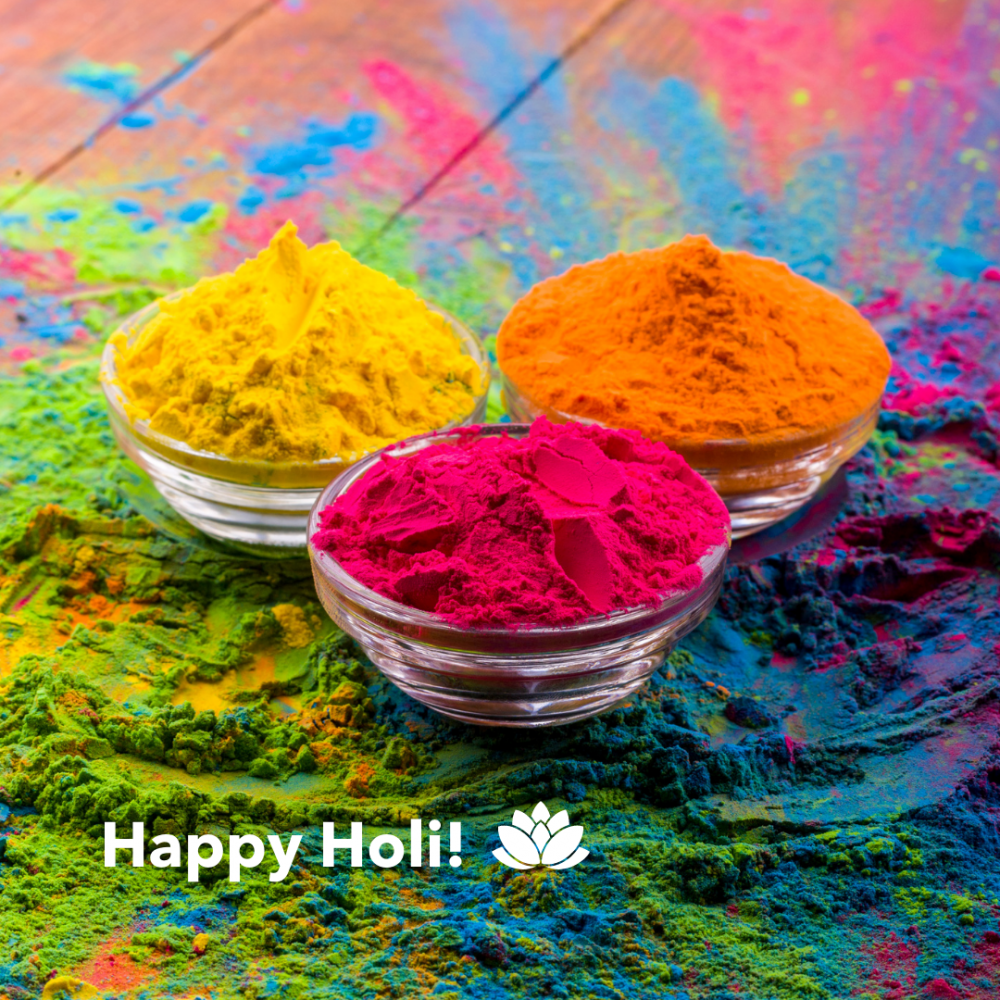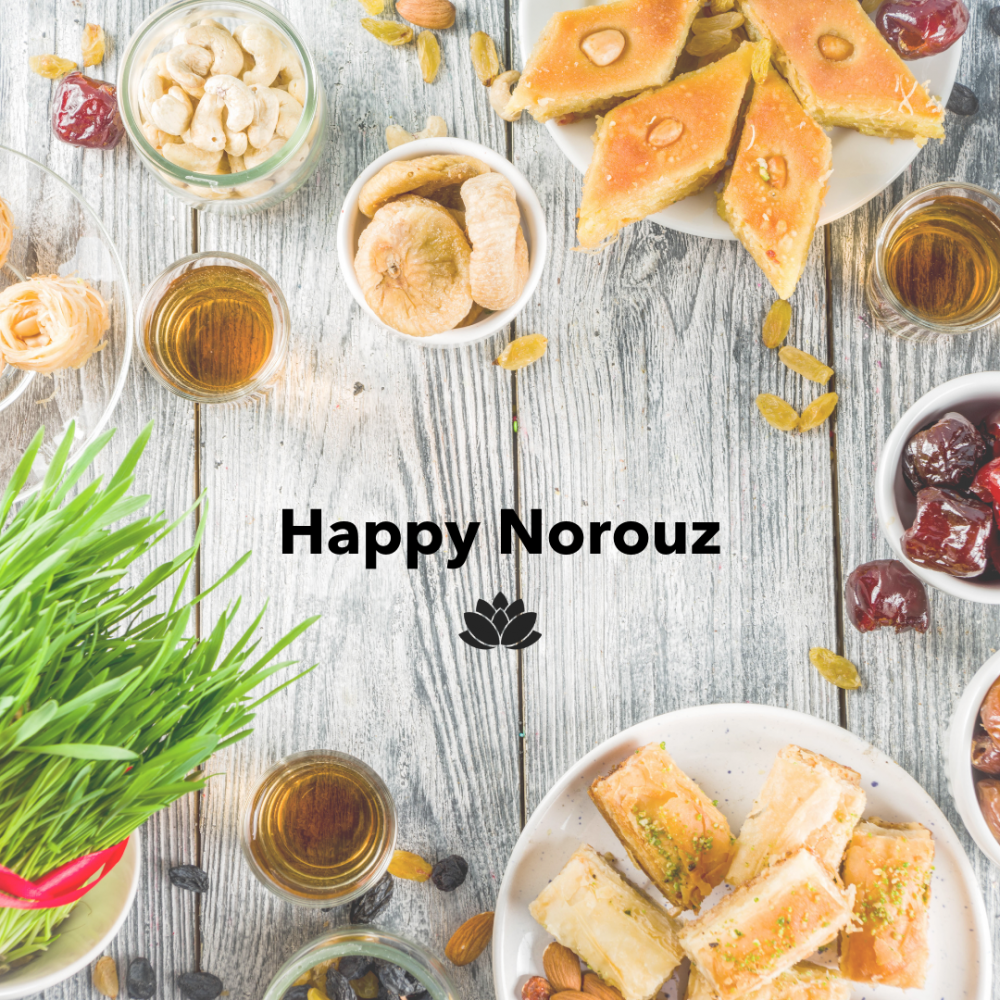There are many holidays celebrated by our team and community during March. We are committed to sharing and learning about the traditions and customs celebrated in our community and are excited to share the articles developed by our team and shared with our team to learn more about recent and upcoming holidays.
Happy Holi! Celebrated on March 18, 2022
Holi, also referred to as the Festival of Colours, is an annual Hindu festival that will be celebrated on March 18, 2022. It heralds the arrival of spring after winter and recognizes the triumph of good over evil. It is a day for spreading happiness and love while looking forward to the year ahead with optimism and joy.
Although the Holi originated in India, it is now celebrated worldwide by Hindu communities and increasingly their non-Hindu friends. The celebrations and traditions vary depending on the region in India where these communities originated. One of the most popular ways to celebrate Holi is the play of colours. Those celebrating throw coloured powders (gulal or abir) in the air or drench each other in colourful liquid, often with song and dance in a carnival-like atmosphere. The food eaten during Holi also depends on the region, but some desserts include dumplings (gujiya) and dough balls (ladoo).
To greet someone who celebrates Holi, you can say “Happy Holi!” or “Holi Hai!" Happy Holi to all of our team members and members of our community celebrating this week!
Sources: https://www.holifestival.org/.
Norouz Mobarak! Celebrations begin March 20, 2022
Norouz/Nowruz (“no-rooz”) is a thirteen day celebration of Persian New Year, which occurs each year on the spring equinox. In 2022, Norouz officially begins on March 20 at 11:32 AM EST. Norouz celebrates the coming of a new year and the arrival of spring.
Norouz has its origins in the Iranian religion of Zoroastrianism, and is thus rooted in the traditions of the Iranian people and the Persian diaspora for over 3000 years.
Preparations for the holiday begin a few weeks before the equinox and it is customary to perform spring cleaning. On the final Wednesday before Norouz begins, shab-e chahar shanbeh suri, “Eve of Red Wednesday”, is celebrated by families gathering around bonfires, dancing and signing. Traditionally, it’s considered as a purification practice.
A dedicated area for Haft-seen (which means “seven S’s”) is created as part of the celebrations. The Haft-seen contains 7 symbolic items: sabzeh (sprouts - symbolize rebirth/growth); senjed (oleaster or wild olive - symbolizes love); seeb (apples - symbolize beauty); seer (garlic - symbolizes health); samanu (wheat germ - symbolizes wealth); serkeh (vinegar - symbolizes patience and wisdom); and somaq (sumac - symbolizes sun rise/new beginnings). Haft-seen may also include other items such as coloured eggs (fertility), mirror (reflection) and candles, gold fish (perpetual life), coins (prosperity) and a ‘book of wisdom’ depending on the family who is celebrating. On the final day of Norouz celebrations, families go on a picnic, and leave the sabzeh they have been growing to float away in running water, to recognize the departure of the old and usher in the new
The traditional dish served on the first day of Norouz is ‘sabzi polow mahi’ (whitefish served with rice with herbs) and kuku-sabzi (vegetable frittata). One reason ‘sabzi polo mahi’ has been adopted as the official dish of Norouz may have to do with a more generic type of symbolism — the fish represents new life and fertility, while the fresh herbs in the dish symbolizes new growth and rebirth.
To greet someone who celebrates Norouz, you can say “Norouz Mobarak!” Norouz Mobarak to all of our team members and members of our community who are celebrating!
Sources: https://www.vox.com/culture/2018/3/19/17138516/persian-new-year-nowruz-explained.




